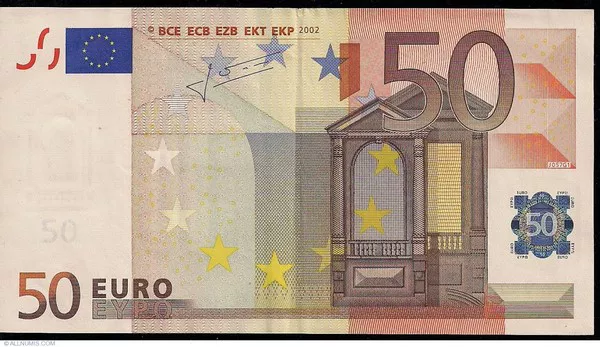The EUR/USD pair extended its gains for the third consecutive trading session on Friday, nearing a fresh weekly high of 1.1120. The Euro’s strength is primarily attributed to ongoing weakness in the US Dollar (USD), which has seen the US Dollar Index (DXY) slide further below the critical support level of 101.00.
The USD’s appeal has diminished following the release of disappointing labor market data, including the JOLTS Job Openings report for July and August’s ADP Employment figures. Job vacancies and private sector payroll additions were reported at 7.67 million and 99,000 respectively, marking the lowest figures in over three-and-a-half years.
Despite a stronger-than-expected US ISM Services Purchasing Managers’ Index (PMI) for August, which rose to 51.5 from 51.4 in July, the US Dollar has struggled to recover. The weak labor market data has intensified market speculation that the Federal Reserve (Fed) might implement more aggressive rate cuts. The CME FedWatch tool now indicates a 41% chance of a 50 basis point rate cut in September, up from 34% the previous week.
Attention is now focused on the US Nonfarm Payrolls (NFP) data, scheduled for release at 12:30 GMT. Expectations are for 160,000 new jobs in August, up from July’s 114,000. The Unemployment Rate is anticipated to decrease to 4.2% from 4.3%, while Average Hourly Earnings are projected to accelerate to 3.7% year-over-year, up from 3.6% in July, with a month-on-month increase expected at 0.3%.
Market Overview: EUR/USD Rises as US Dollar Weakens Ahead of NFP Data
The EUR/USD pair’s rise is driven by the weakening US Dollar ahead of the critical employment report. The Euro’s performance against major peers remains mixed, as uncertainty surrounds the European Central Bank’s (ECB) interest rate strategy for the rest of the year. The ECB is anticipated to cut rates again in its September meeting, following a rate cut in June and a hold in July. Speculation remains divided on whether further cuts will occur in November or December.
Bank of America (BofA) economists project that the ECB may cut rates further into 2025 and 2026, with a return to a deposit rate of 2% by Q3 2025 and 1.5% in 2026. BofA analysts highlight a fragile and potentially shallow Eurozone recovery, influenced by factors such as slowing growth in China and political uncertainties.
Recent data from the Eurozone’s largest economies showed industrial production declines: Germany’s output fell by 2.4% in July, significantly more than the anticipated 0.3% decline, while France saw a 0.5% drop.
A Reuters poll conducted between August 30 and September 5 reveals that 85% of economists expect the ECB to cut rates next week and again in December. ECB officials have expressed concerns about the risks to Eurozone growth, with Executive Board member Piero Cipollone warning that the ECB’s stance might become overly restrictive.
Technical Analysis: EUR/USD Holds Gains Above 1.1100
The EUR/USD pair maintains a steady position above the 1.1100 level, with near-term outlooks remaining positive as it finds support near the 20-day Exponential Moving Average (EMA) at 1.1055. The longer-term outlook is also bullish, supported by the upward slopes of the 50-day and 200-day EMAs at 1.0970 and 1.0865 respectively. The pair holds the breakout from a Rising Channel pattern on the daily chart.
The 14-day Relative Strength Index (RSI) has retreated from overbought levels near 75.00 to just below 60.00. On the upside, targets include the recent high of 1.1200 and the July 2023 peak at 1.1275. On the downside, the psychological support at 1.1000 is expected to provide a cushion.
Related Topics:



























